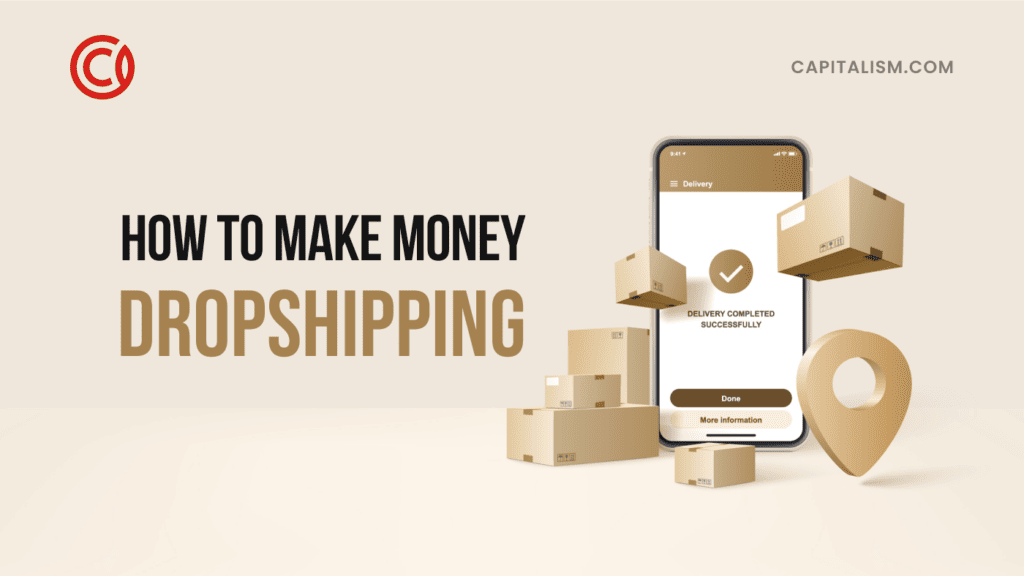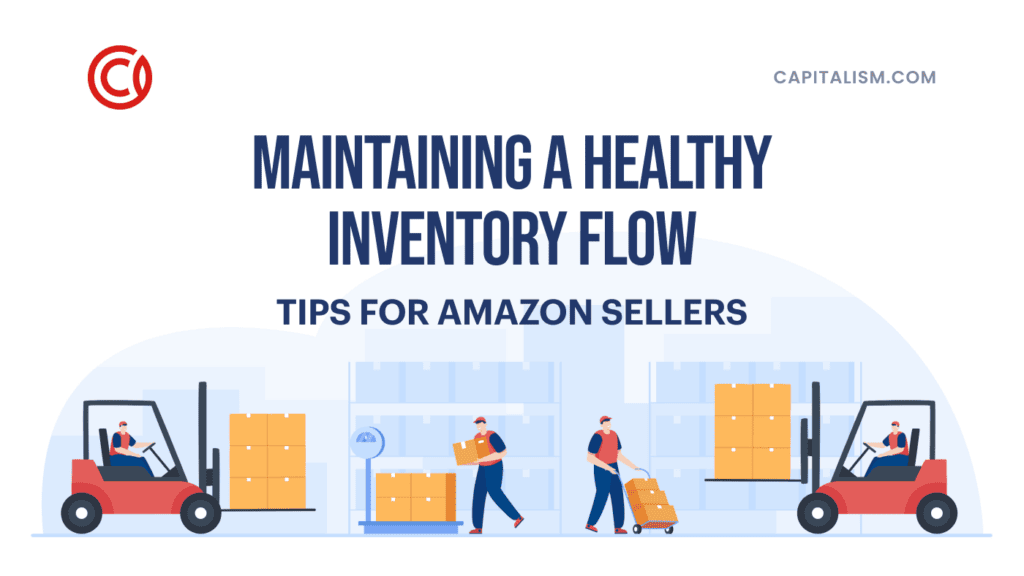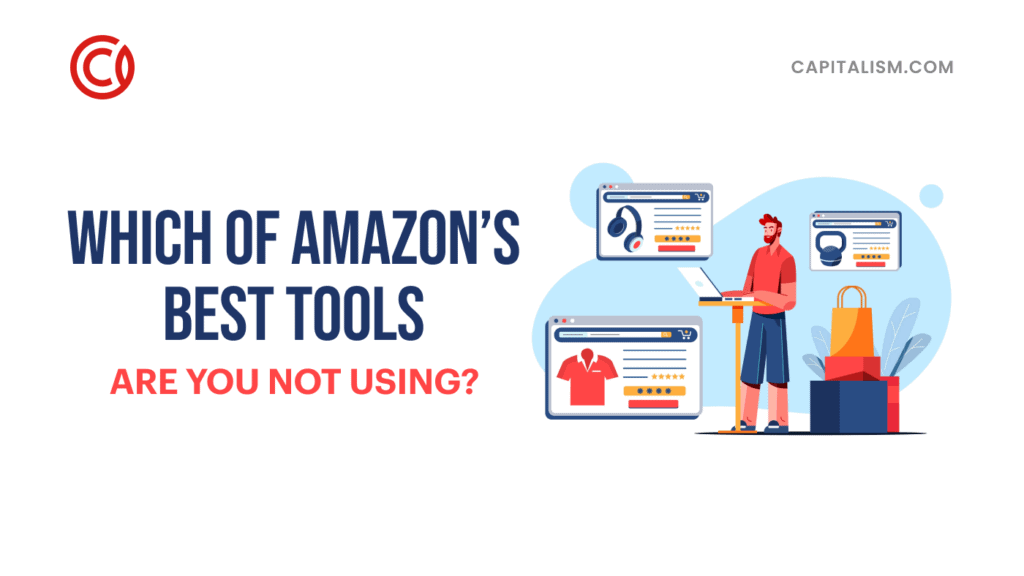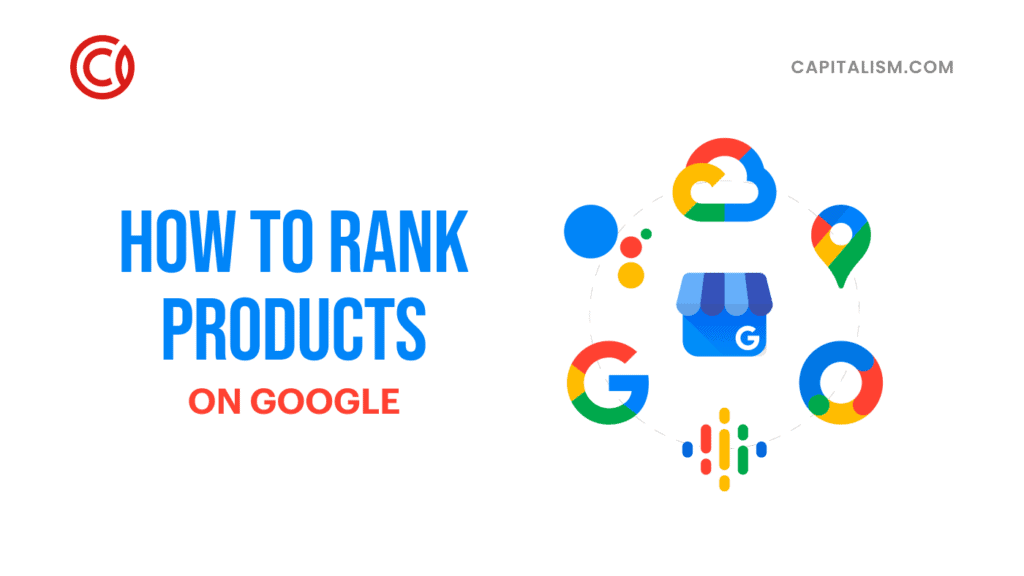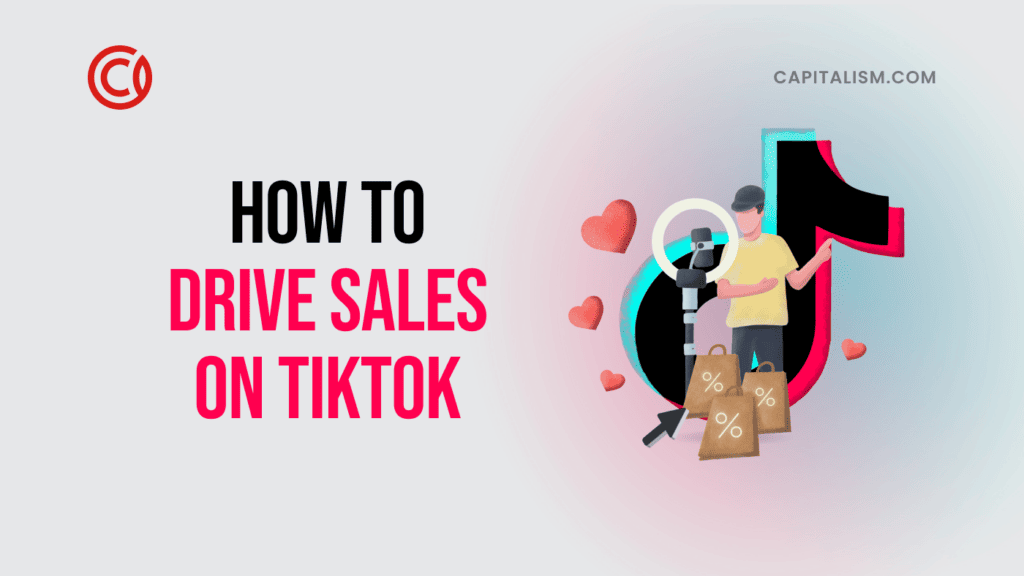Do you dread starting your day before dawn and sitting in slow-moving traffic on the way to work? Picture yourself waking up, putting on your pajamas and watching your bank account grow without leaving your bed.
Dropshipping can be a profitable way to become one of the many successful vendors on the world's leading e-commerce sites.
This no-nonsense guide we’ll tell you everything you need to know about how to make money dropshipping.
Plus find out how we can coach you to grow your net worth, absolutely FREE.
What is dropshipping?
Dropshipping is a way of running an online store without keeping products in stock. When a customer places an order, the retailer passes on the details to the supplier, who sends the item directly to the customer.
How much money can you make as a dropshipper?
Dropshippers can make up to $100,000 per year with a successful online store, while others may earn less. The amount of money you can make as a drop shipper depends on factors such as:
- Profit margins: The profit you can make per sale is determined by the price difference between the wholesale cost of the product and the retail price you set.
- Sales volume: Increasing your customer base, driving more traffic to your store, and implementing effective marketing strategies can boost sales volume.
- Niche selection: Choosing a profitable niche with high demand and low competition can increase your chances of success.
- Customer retention: Providing quality customer service can improve customer retention.
How to start making money with drop shipping
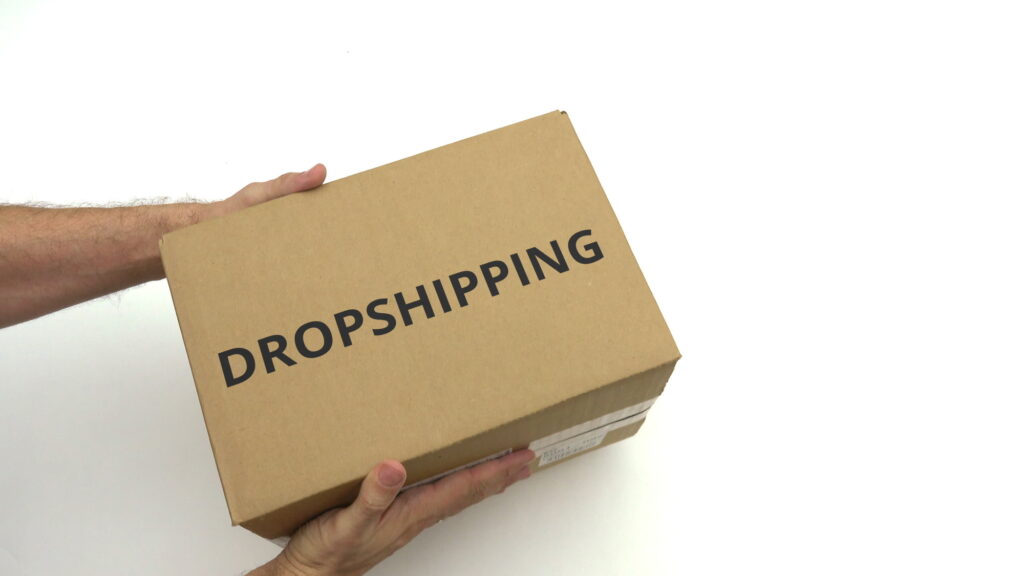
Step One: Find a product to sell
Conduct market research to identify popular and trending products. Look for items with high demand and are likely to attract customers. Next, choose a product niche that aligns with your interests and passions.
Evaluate market demand and competition for the products you're considering. Look at search volume, social media engagement and trends to gauge market interest.
Identify the target audience and customer demographics for the selected product. Understand their demographics, preferences and pain points.
Look for reliable suppliers who offer quality products, competitive pricing, and reliable shipping services. Leverage platforms like AliExpress, Oberlo, or SaleHoo to discover dropshipping suppliers.
Check product availability and shipping times from your chosen suppliers. Also, confirm shipping times to ensure they align with customers' expectations.
Test the quality of the products you intend to sell firsthand to make an informed decision about their quality. This will help you maintain customer satisfaction and avoid negative reviews or returns.
Calculate profit margins, product costs and shipping fees. Compare it to the price you plan to sell it for. Consider other expenses, such as marketing costs and transaction fees to calculate profit margins.
Test the market before buying a product. Consider running small-scale tests or pilot campaigns to gauge customer interest and assess sales potential. This can help you make informed decisions and avoid investing heavily in limited-demand products.
Step Two: Find a dropshipping supplier
Research dropshipping platforms like AliExpress, Oberlo, SaleHoo, or Spocket. These platforms connect you with suppliers and offer a wide range of products to choose from.
Check supplier directories such as Worldwide Brands, ThomasNet, or Wholesale Central. These directories provide extensive lists of verified suppliers across various industries.
Attend trade shows and exhibitions to meet suppliers in person. This allows you to establish direct connections and evaluate potential suppliers firsthand.
Contact manufacturers and wholesalers directly to inquire about dropshipping partnerships. Many suppliers are open to dropshipping arrangements, even if they don't explicitly advertise them.

Ensure suppliers' credibility and reputation. Look for online reviews, ratings and feedback from other drop shippers or retailers who have worked with them.
Assess the quality of products and shipping policies. Review the supplier's shipping times, packaging and tracking capabilities to ensure they meet your requirements.
Compare pricing and profit margins for the same product to determine the most competitive rates. Consider factors like shipping costs and bulk discounts to calculate your potential profit margins.
Check inventory availability and stock levels to ensure that the supplier has sufficient inventory of the products you intend to sell. Keep in touch with the supplier to stay updated on stock levels and delays.
Inquire about integration and e-commerce platforms like Shopify, WooCommerce, or BigCommerce. Check if the supplier offers integration options or automation tools to streamline order fulfillment.
Maintain clear communication channels with your chosen supplier. Respond promptly to any questions, concerns, or issues that may arise.
Step Three: Create an e-commerce store
Build your online store using a reliable and user-friendly e-commerce platform. Next, sign up and create an account on your chosen e-commerce platform.
Import or manually add product listings to your store. Include high-quality product images, compelling descriptions and accurate pricing information.
Configure payment and shipping settings with payment gateways to process customer transactions. Popular options include PayPal, Stripe, or other payment providers supported by your e-commerce platform.
Design a user-friendly navigation system based on logical and intuitive principles. Ensure that customers can easily find and browse your products.
Implement trust-building elements in your store. These include customer reviews, testimonials, secure payment badges, return policies, and contact information.
Optimize your store for SEO to increase search engine visibility. Optimize product descriptions, titles, meta tags, and URLs with relevant keywords.
Integrate social media and marketing channels like Facebook, Instagram, and Pinterest to reach a wider audience.
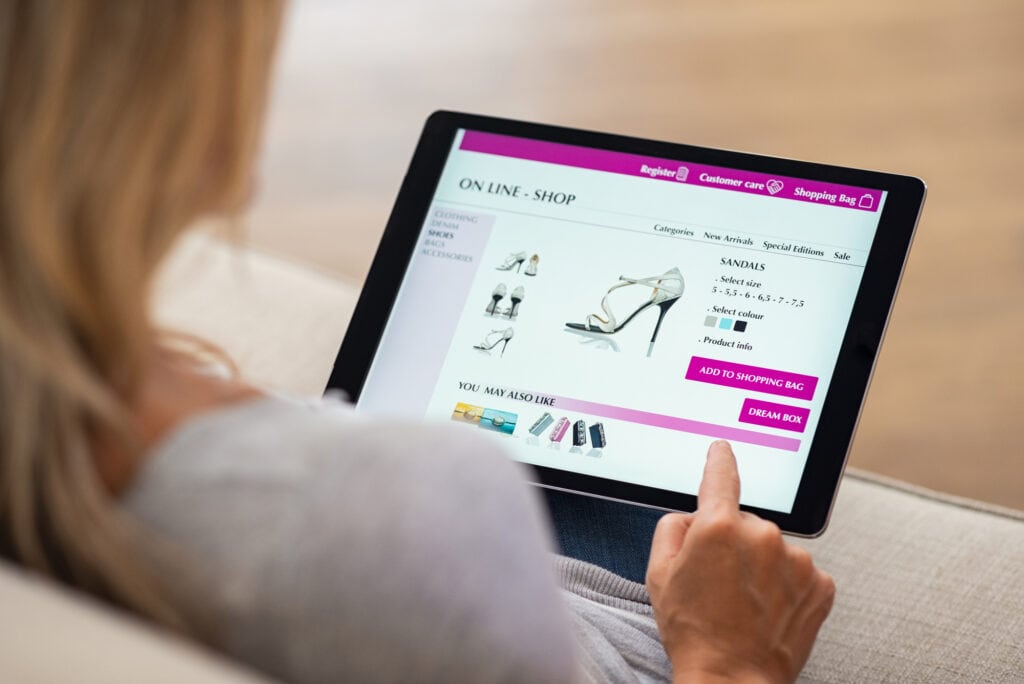
Implement analytics and tracking tools, such as Google Analytics to monitor and analyze your store's performance. Track key metrics like website traffic, conversion rates, and customer behavior.
Step Four: Market your products
Identify your target audience. Create targeted campaigns by understanding their demographics, interests, and problems.
Develop a strong brand identity that resonates with your target audience. Establish your value proposition, brand voice, visual identity, and messaging.
Build a professional e-commerce store that is visually appealing, user-friendly, and optimized for conversions. Make it easy for customers to navigate, find products and make purchases.
Optimize your website for search engines to improve organic search visibility. Focus on optimizing product descriptions, titles and meta tags with relevant keywords.
Create valuable and engaging content related to your niche. This could include blog articles, tutorials, guides, or videos that educate and entertain your audience.
Develop a social media strategy that includes regular posting, engaging with followers, running paid ads, and collaborating with influencers.
Find influencers with a relevant audience and engage in partnerships such as sponsored posts, product reviews, or giveaways.
Build an email list by offering incentives or exclusive content to subscribers. Use email marketing to nurture customer relationships, announce updated products, and share promotions.
Plan and run paid advertising campaigns on platforms like Google Ads, or Facebook Ads to drive targeted traffic.
Use analytics tools like Google Analytics or your e-commerce platform's built-in analytics to gain insights and make data-driven decisions.
Provide excellent customer service and engage with them through social media, email, or live chat.
Step Five: Process orders and payments
Choose secure payment gateways such as PayPal, Stripe, or other options supported by your e-commerce platform.
Ensure a smooth checkout process on your e-commerce store to minimize cart abandonment.

Confirm order details with customers. After a customer places an order, immediately send an order confirmation email or notification to acknowledge their purchase.
Forward orders to suppliers: Once you receive an order from a customer, forward the necessary details to your dropshipping supplier.
Keep track of order fulfillment and shipping progress with your supplier. Ensure that the supplier ships the products within the agreed timeframe.
Address customer inquiries and issues. Monitor your customer service channels (email, chat, phone) to promptly respond to customer inquiries or concerns.
Handle returns and refunds by establishing a clear and fair return policy. If a customer requests a return or refund, communicate with your supplier to coordinate the process.
Automate order processing to streamline workflow by automatically forwarding orders to suppliers, sending tracking information to customers and updating inventory levels.
Step Six: Deliver your product
Select reliable suppliers with a proven track record of timely order fulfillment and shipping. Next, set clear expectations with suppliers regarding order processing and shipping times with your suppliers.
Provide accurate product information. This is to ensure that the product listings on your e-commerce store include accurate and detailed information about the products.
In addition, offer multiple shipping options by working with suppliers who offer various shipping methods. This includes expedited shipping that caters to different customer preferences and needs.
Communicate shipping details to customers. Notify the customer about the shipping details immediately the supplier fulfilled and shipped an order.

Address customer inquiries about shipping. Be responsive to customer inquiries related to shipping. If customers have questions about their order status or location, provide accurate and helpful information.
Monitor delivery status by regularly checking orders' shipping status to ensure they progress. Additionally, handle delivery issues in case of problems such as lost packages, damaged items, or delivery delays. Act as a mediator between the customer and the supplier.
Finally, seek customer feedback by encouraging customers to comment on their delivery experience. This feedback can help you assess your suppliers' performance and identify areas for improvement.
Step Seven: Set up an email marketing system
Choose an email marketing platform that suits your needs. Build an email list of potential customers. Offer incentives such as discounts, and exclusive content for visitors subscribing to your email list.
Divide your email list into segments based on relevant criteria, such as demographics, purchase history, or interests. Set up automated email sequences by utilizing your email marketing platform's automation features to set up drip campaigns.
Craft compelling subject lines that entice subscribers to open your emails. This include personalization, curiosity, urgency, or benefits to make your subject lines stand out in crowded inboxes.
Test and optimize different elements of your email campaigns, such as subject lines, email content, calls-to-action and send times.
Monitor performance and relevant email marketing metrics, such as open rates, click-through rates, conversion rates and unsubscribe rates.
Maintain consistency and frequency email marketing schedule to stay connected with your subscribers.
Finally, nurture customer relationships, engage with your audience, respond to their inquiries or feedback and provide exceptional customer service.

Step Eight: Utilize social media platforms
Identify the right social media platforms that align with your target audience and product niche.
Create a professional and visually appealing profiles on your chosen social media platforms. Use high-quality images, a clear bio and a link to your e-commerce store.
Gain a deeper understanding of your target audience's demographics, interests and pain points.
Develop a content strategy that aligns with your audience's preferences and each social media platform's capabilities.
Actively engage with your audience and followers by responding to comments, messages and mentions.
Leverage social media features by taking advantage of social media platforms' features to promote your products.
Finally, track and analyze performance by monitoring key performance indicators (KPIs) such as engagement rates, reach, clicks, conversions and ROI.
Step Nine: Upselling and cross-selling
Analyze your product catalog by identifying high-priced products that align with customers' purchases.
Display related products on your pages by showcasing related items that customers might be interested in.
Offer bundles or packages that combine multiple items at a discounted price to encourage customers to purchase more items at once.
Use strategic product placement. During the checkout process, display additional products that complement the customer's selected items.
Provide personalized product recommendations by utilizing customer data and browsing history.
Highlight benefits and value by clearly communicating the benefits and value of upsell or cross-sell products.
Streamline the checkout process by providing simple instructions and a seamless user experience.
Step Ten: Competitive pricing

Competitive pricing attracts customers and drives sales. Here are some steps to set competitive prices for your dropshipping products:
Research your market to understand the pricing landscape in your niche. Identify your competitors and analyze their pricing strategies.
Calculate and determine all the costs associated with direct and indirect expenses involved in running your business.
Determine your profit margin by considering factors such as your business goals, market conditions and the perceived value of your products. Ensure that your profit margin is reasonable and allows sustainable growth.
Monitor supplier prices. Suppliers may adjust their prices based on factors such as demand, availability, or production costs. Regularly review and adjust your prices to maintain competitiveness.
Consider the shipping costs associated and how they impact your pricing. Determine whether you'll offer free shipping services separately.
Stay agile and adapt to market trends, consumer preferences and niche changes. Regularly reassess your pricing strategy to adapt and adjust as needed.
FAQ
What is dropshipping?
Dropshipping is a way of running an online store without keeping products in stock. When someone orders something from your store, you pass on the details to a supplier who packs and delivers the order to the customer. All the money earned from the sale is sent directly to your bank account.
What do I need to start dropshipping?

To start dropshipping, here are a few essential elements you'll need to get started:
Select the product you want to focus on. Conduct research on market demand, competition and trends to find profitable product opportunities.
Next, choose an e-commerce platform that suits your needs. Popular options include Shopify, WooCommerce, BigCommerce and Magento.
Find reliable suppliers that offer the products you want to sell. Research potential suppliers with a track record of product quality, order fulfillment and shipping reliability.
Consult local authorities or an experienced professional to ensure your business is registered and you comply with all legal requirements.
Choose and register a domain name for your online store. Select a name that reflects your brand and is easy to remember and spell.
Look for reputable web hosting providers that offer reliable customer support. Use high-quality product images to attract and engage potential customers.
Finally, utilize tools like Google Analytics or your e-commerce platform's analytics features to track visitor behavior, conversion rates and other relevant metrics.
What is the best business model for dropshipping?
There is no one-size-fits-all business model for dropshipping as it depends on factors such as your strengths, interests, resources, goals and target market.
However, here are three common business models drop shippers employ:
- Niche-specific dropshipping: This model focuses on a particular niche. By specializing in a niche, you can position yourself as an expert and target the right audience with tailored marketing strategies.
- General store dropshipping: With this model, you create an online store that offers a wide range of products across multiple categories.
- Branded dropshipping: In this model, you create your brand and develop your products or source them from manufacturers.
How much money can I make with dropshipping?
The amount of money you can make as a drop shipper depends on factors such as:
- Profit margins
- Sales volume
- Niche selection
- Customer retention
- Your efforts
How do I find a dropshipping supplier?

Here are several methods and platforms to find dropshipping suppliers:
Use online directories that list dropshipping suppliers, such as SaleHoo, Oberlo, Worldwide Brands or AliExpress. Next, conduct a thorough search on search engines like Google, or Yahoo using relevant keywords such as dropshipping suppliers.
Explore the search results and visit supplier websites to gather information about their offerings, policies and contact details.
Attend trade shows and exhibitions: Going for industry trade shows and exhibitions related to your product niche provides an opportunity to connect with suppliers directly.
Explore popular online marketplaces like Alibaba, Amazon, or eBay to find potential dropshipping suppliers. After finding the best online marketplace, contact the manufacturers you're interested in and inquire if they offer drop shipping services.
Join industry networks, online forums, industry-specific communities, or social media groups related to your niche. Engage with other members to find reliable dropshipping suppliers.
Finally, attend local business networking events or reach out to fellow entrepreneurs and business owners in your network.
How do I market my dropshipping store?
Marketing is crucial to running a successful dropshipping store. Here are several effective strategies to market your dropshipping store and attract potential customers:
- Leverage social media platforms, create compelling content and interact with your followers. This will build brand awareness and drive traffic to your store.
- Reach out to relevant influencers and propose partnerships such as sponsored posts, product reviews, giveaways, or influencer takeovers.
- Create valuable content related to your niche to engage and educate your target audience.
- Improve your website for ranking in search engines to optimize visibility in search results.
- Consider running paid advertising campaigns to increase your store's visibility and reach a broader audience. Platforms like Google Ads and Facebook Ads offer targeting options to reach specific demographics and interests.
- Set up an affiliate program to incentivize others to promote your products. Affiliates earn a commission for each sale they generate through their unique affiliate links.
What is the best platform for dropshipping?
The ideal platform for dropshipping depends on your specific needs, budget, technical expertise and business goals. Here are some popular dropshipping platforms:

- Shopify is an e-commerce platform known for its user-friendly interface, and extensive app ecosystem. Shopify simplifies the process of setting up and managing your online store, processing orders and handling payments.
- WooCommerce is a popular plugin for WordPress, one of the most widely used content management systems (CMS). It offers flexibility, extensive customization options and integration with various dropshipping plugins.
- BigCommerce is a comprehensive e-commerce platform suitable for dropshipping businesses of all sizes. It offers scalability, advanced analytics and multi-channel selling options.
- Magento is an open-source e-commerce platform with features for large-scale dropshipping operations. It offers flexibility, scalability and extensive customization options.
How do I set up a successful dropshipping business?
- Conduct market research: Identify a profitable niche by researching market demand, competition and trends. Look for products with a sufficient target audience and profitability potential.
- Choose reliable suppliers: Find reputable dropshipping suppliers who offer high-quality products, reliable order fulfillment and competitive pricing.
- Build an e-commerce store: Select a suitable e-commerce platform. Customize your store's design, layout and branding to create a professional and appealing online presence.
- Optimize product listings: Create compelling and detailed product listings with persuasive descriptions, high-quality images and relevant keywords. Highlight the unique selling points of your products to attract potential customers.
- Set competitive pricing: Determine your pricing strategy by considering factors such as product costs, shipping fees and desired profit margins. Conduct a competitor analysis to ensure your prices are competitive in your market.
- Establish efficient order fulfillment processes: Communicate with your suppliers to streamline the order fulfillment process. Ensure that orders are processed and shipped promptly.
- Provide quality customer service: Prioritize customer satisfaction by offering responsive customer support. Positive customer experiences can lead to repeat purchases and positive reviews, which can grow your business.
- Analyze and optimize: Monitor and analyze your store's performance, customer behavior and marketing campaigns. Utilize analytics tools and data insights to make informed decisions and optimize your strategies for better results.
What are the main costs associated with dropshipping?
When running a dropshipping business, there are several main costs to consider such as:

- Product costs: This includes the cost of purchasing products from your dropshipping suppliers. The price you pay to the supplier will vary depending on the products you choose to sell and pricing agreements.
- Shipping costs: Dropshipping costs can vary based on the size and weight of the products, the shipping method and the destination of the shipment.
- Transaction fees: Payment processors, such as PayPal or Stripe, charge transaction fees for processing payments on your online store.
- Marketing and advertising costs: You may need to invest in marketing and advertising to promote your dropshipping business and attract customers.
- E-commerce platform fees: If you choose a hosted ecommerce platform like Shopify or BigCommerce, you will have monthly subscription fees.
- Website development and maintenance: If you hire a web developer to create your online store, there will be associated costs. Ongoing maintenance, updates and plugins may be required to keep your website functioning optimally.
What are the best tips for making money with dropshipping?
Making money from dropshipping requires strategic planning, effective execution and continuous improvement. Here are some valuable tips to increase your success:
Conduct thorough research and select products that have a good profit margin, appeal to your target audience and align with current market trends. Next, set competitive prices for your products to attract customers while maintaining a healthy profit margin.
Partner with reliable and reputable suppliers who consistently deliver high-quality products on time.
Focus on exceptional customer service to build trust and loyalty. Respond to customer inquiries and maintain transparent communication throughout the order fulfillment process.
Develop a comprehensive marketing and promotion strategy to reach your target audience effectively.
Optimize your website and product listings to improve conversion rates. Optimize product images and descriptions, ensure a smooth checkout process and incorporate customer reviews and social proof.

Maintain continuous learning and adaptation to stay updated with industry trends, consumer behavior and e-commerce best practices.
Focus on building a unique, strong and recognizable brand identity that resonates with your target audience. Finally, monitor and analyze metrics regularly to track and analyze key performance metrics. These metrics include sales, conversion rates, customer acquisition costs and customer lifetime value.
Takeaway
Dropshipping is a way of running an online store without keeping products in stock. It can be a profitable way to become one of the many successful vendors on the world's leading e-commerce sites.
After reading this guide, you now understand various steps to make money dropshipping. It can be a good side hustle or even generate full-time income.
Some of our best students started out as dropshippers. To be perfectly honest, while they say the money was pretty good, eventually they wanted to build a business that felt more meaningful to them. That's our specialty - coaching entrepreneurs to create brands that make the world a better place. These brands often have the potential to build generational wealth.
If that sounds exciting to you, you're in the right place!
At Capitalism.com, our mission is to make one million millionaires by 2028. We’d love YOU to be one of them.
We recently released a FREE course to walk you through a step by step process of making a million dollar brand of your own. Get started right now and get the FREE course.
